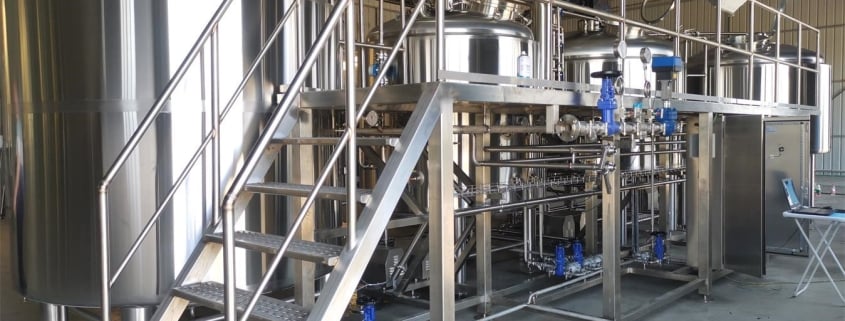Microbrewery Equipment for Sale
Types of Microbrewery Equipment
There’s more to brewing beer than big tanks and shiny metal. A microbrewery setup involves multiple systems working in harmony. It starts with the milling system, where grains are crushed. Then comes the mash tun, where those grains are mixed with water to extract sugars. Next up is the lauter tun, used for separating the wort (the sweet liquid) from the grain husks.
The heart of the operation? The brew kettle or boiling tank. This is where hops are added, bringing bitterness and aroma to the beer. Once the wort is boiled, it heads to the whirlpool tank and then quickly cooled in the heat exchanger. Then it’s time for the fermentation tanks to take over. These are where the magic happens, as yeast converts sugars into alcohol. Finally, bright beer tanks (or BBTs) help condition the beer before packaging.
You also can’t overlook supporting systems like the glycol chiller, control panel, CIP (clean-in-place) system, and pumps. Each plays a crucial role in the quality and efficiency of your brewing operation. When looking for microbrewery equipment for sale, you need to think about the full picture—not just the tanks.
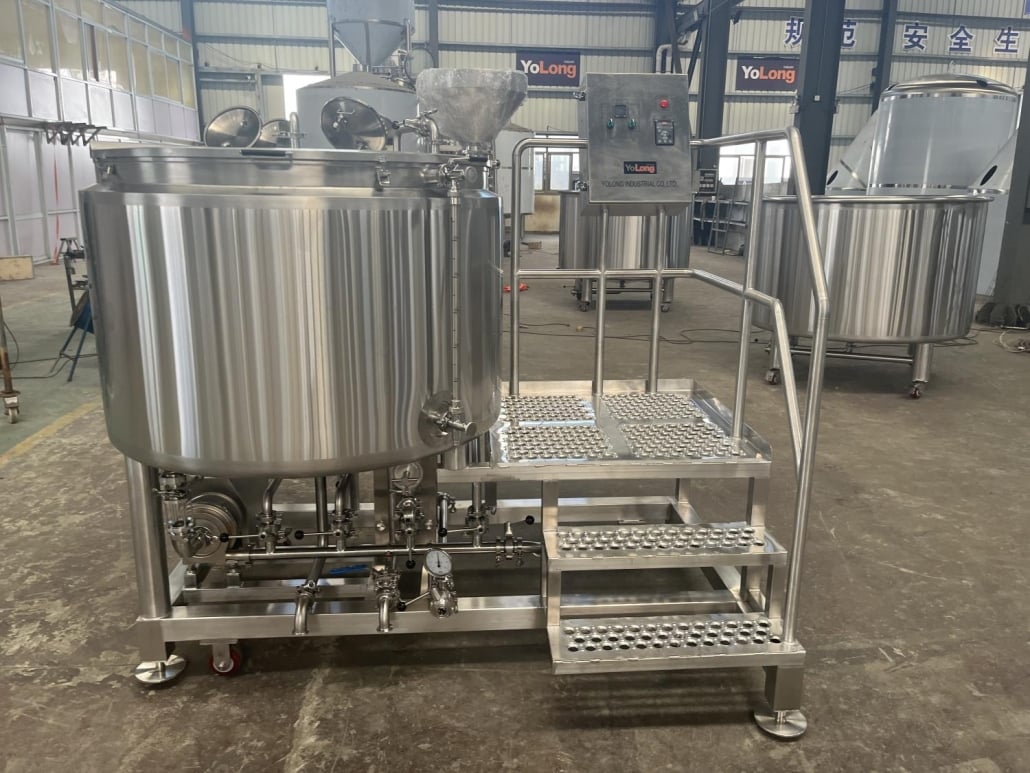
New vs. Used Microbrewery Equipment: Which is Right for You?
Ah, the age-old question: should you buy new or used? Let’s break it down.
Buying new microbrewery equipment is like driving a new car off the lot. You get modern tech, warranty support, and the peace of mind that nobody else has tinkered with it. This route is best for brewers who want a custom setup, maximum efficiency, and fewer surprises.
On the flip side, used brewing equipment can save you serious cash—sometimes up to 50% or more. There’s a thriving secondary market for brewing systems, especially as breweries upgrade or shut down. But it’s a mixed bag. You might score a deal or end up with outdated or poorly maintained gear. Used equipment can be harder to integrate, and repairs might cost more than it’s worth.
So, what’s better? New is better for long-term reliability and support. Used is great for bootstrapped brewers ready to hustle, refurbish, and make it work. Just be sure to inspect before you invest.
Factors to Consider Before Buying Microbrewery Equipment
Before dropping thousands of dollars on tanks and tubing, take a step back and think about your game plan. Here are the major considerations:
- Production Capacity: Are you brewing for a taproom, restaurants, or regional distribution? A 3-barrel system might work for a small setup, but you’ll need 15 barrels or more for larger-scale production.
- Space and Layout: Microbrewery equipment takes up serious real estate. Measure everything. Check ceiling heights. Plan for workflow and expansion.
- Budget: Know your financial limits. Equipment costs can range from $50,000 for small setups to $500,000+ for commercial-grade systems.
- Regulatory Compliance: Your gear has to meet local, state, and federal standards for safety, sanitation, and environmental impact.
- Supplier Reputation: Always buy from reputable manufacturers or resellers. Check reviews, ask for referrals, and read the fine print.
- Automation vs. Manual Control: Automated systems are more consistent and less labor-intensive but come at a higher upfront cost.
- Utility Requirements: Brewing needs power, water, and proper drainage. Some systems require 3-phase electricity or custom plumbing.
Plan smart, and your equipment will serve you for years. Go in blind, and you might brew up a storm—and not the good kind.
Where to Find Microbrewery Equipment for Sale
| Source | Description | Pros | Cons |
|---|---|---|---|
| Manufacturer Direct | Companies like Ss Brewtech, Blichmann, or ABE Equipment | Custom builds, warranty, tech support | Higher cost, longer lead time |
| Online Marketplaces | ProBrewer, eBay, Beverage Trade Network | Wide selection, deals on used gear | Risk of scams, limited support |
| Brewery Auctions | Sales from closed or upgrading breweries | Bargain prices, complete systems | As-is condition, local pickup may be required |
| Equipment Resellers | BrewBids, Portland Kettle Works, Glacier Tanks | Refurbished options, delivery, installation help | Mid-range prices, limited customization |
| Trade Shows | Craft Brewers Conference, BrewExpo America | Networking, live demos, vendor insights | Travel costs, limited availability |
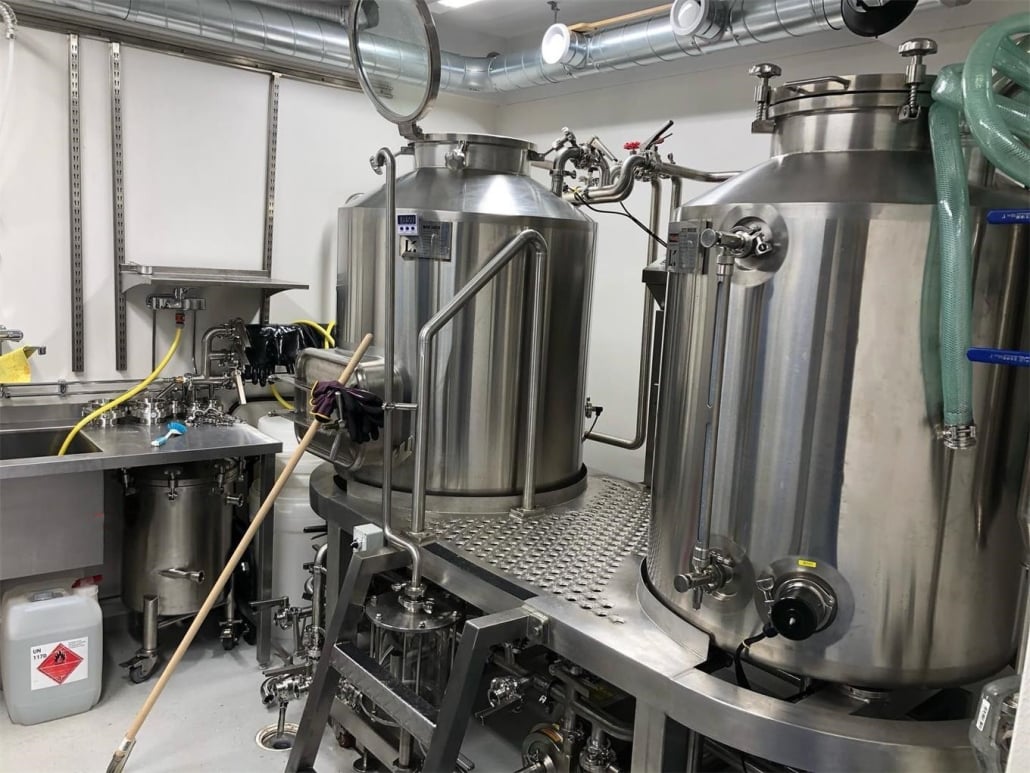
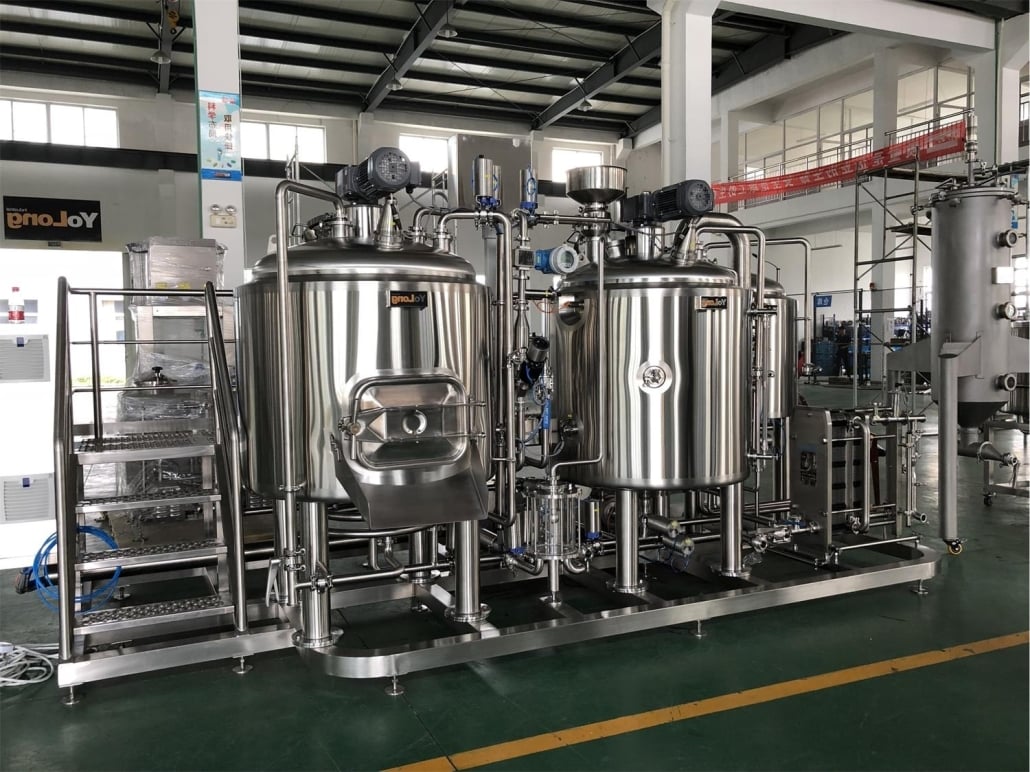
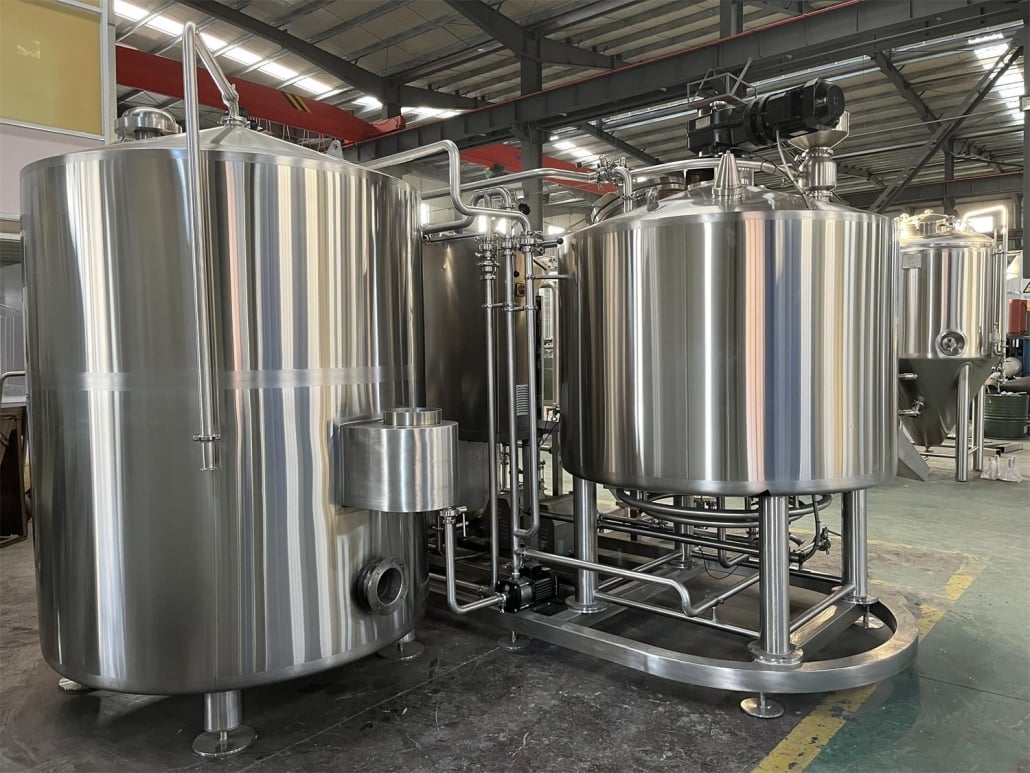
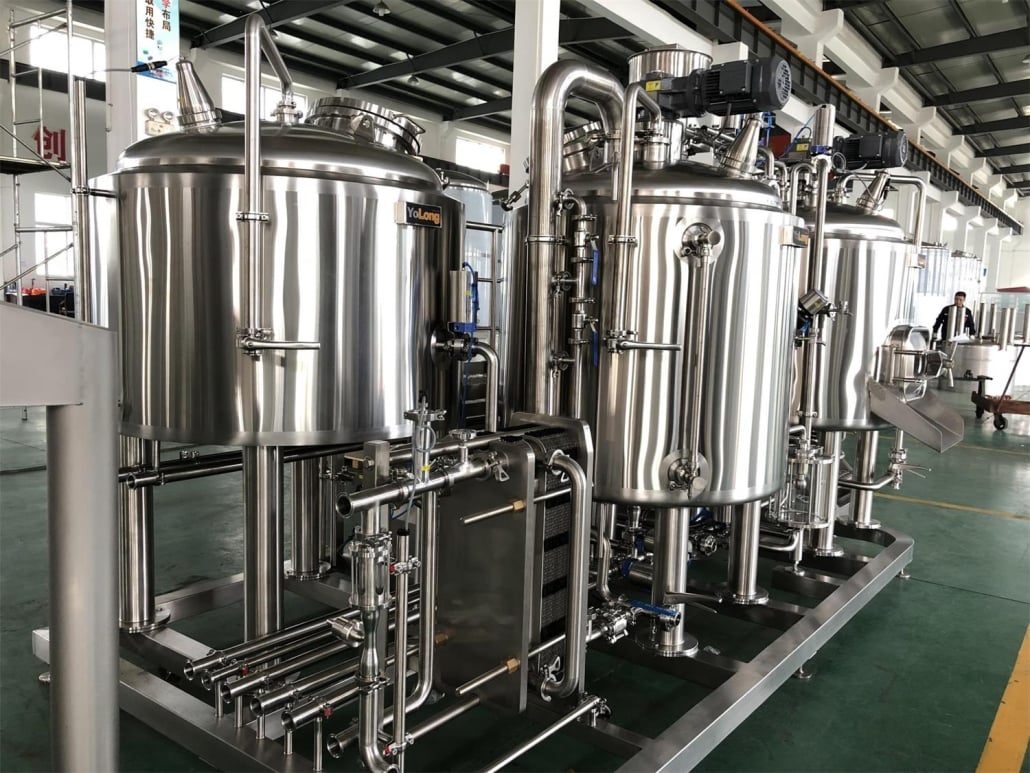
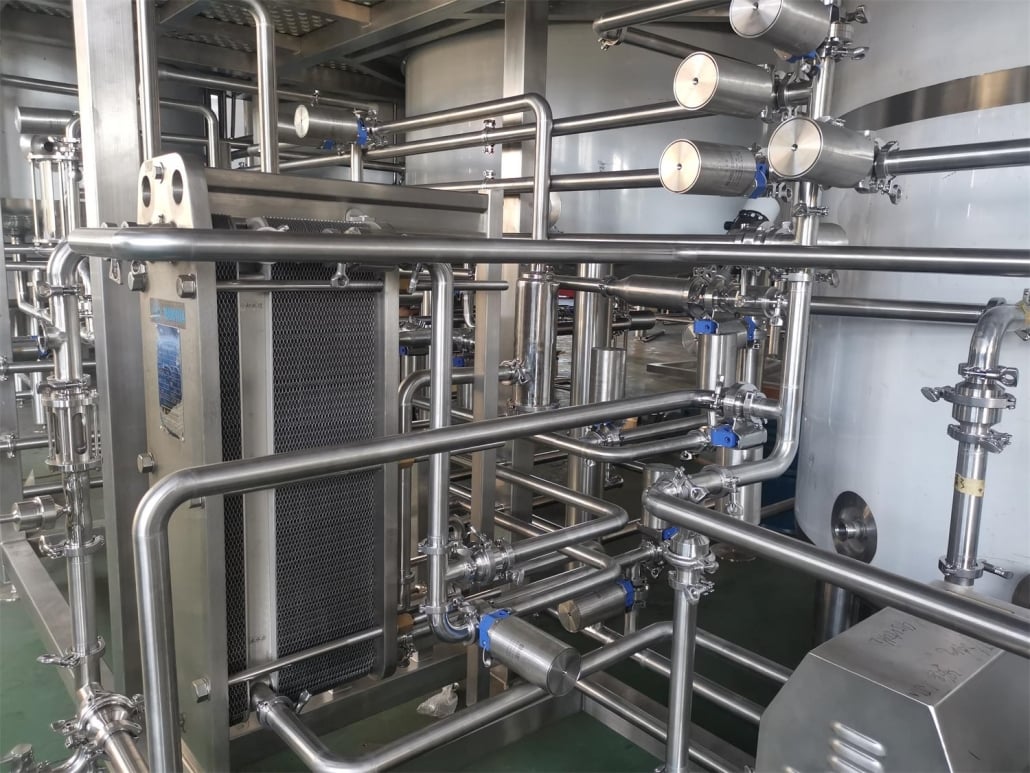
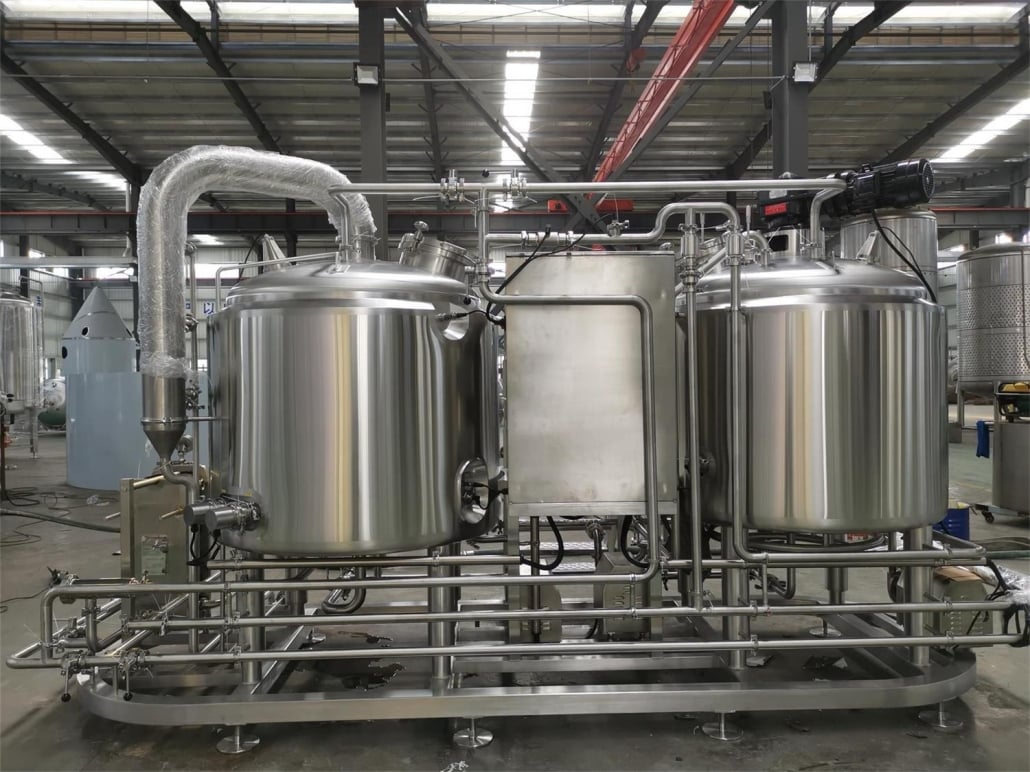
Why Invest in Quality Microbrewery Equipment for Sale
Think of brewing equipment like the instruments in a rock band. Sure, you could make music on a toy keyboard from the thrift store… but if you want to rock a stadium, you need real gear. Quality brewing equipment is the same. It gives you consistency, safety, efficiency, and scalability.
Cheap tanks might rust. Inferior valves can leak. A bad chiller could ruin an entire batch. You don’t want to gamble your beer dreams on second-rate steel. Solid equipment gives you better fermentation control, clearer wort, less downtime, and happier customers.
Not to mention, good equipment holds value. When you grow and scale up, you can sell your old system and fund the next step in your journey. Consider it an investment—not an expense.
The Importance of Choosing Appropriate Microbrewery Equipment for Sale
It’s not just about having equipment. It’s about having the right equipment. Think of it like cooking a gourmet meal with the wrong tools. Sure, you can flip eggs with a spatula… but would you carve a roast with it?
Choosing appropriate equipment means matching your brewing style, production goals, space, and budget. Are you brewing traditional ales or experimental sours? Serving only a taproom or bottling for distribution? Every choice shapes the kind of gear you need.
Undersized tanks will slow your growth. Oversized ones can waste resources. A high-end control panel is great, but not if your staff isn’t trained. Pick smart, and your system becomes a brewing partner. Pick wrong, and it becomes a bottleneck.
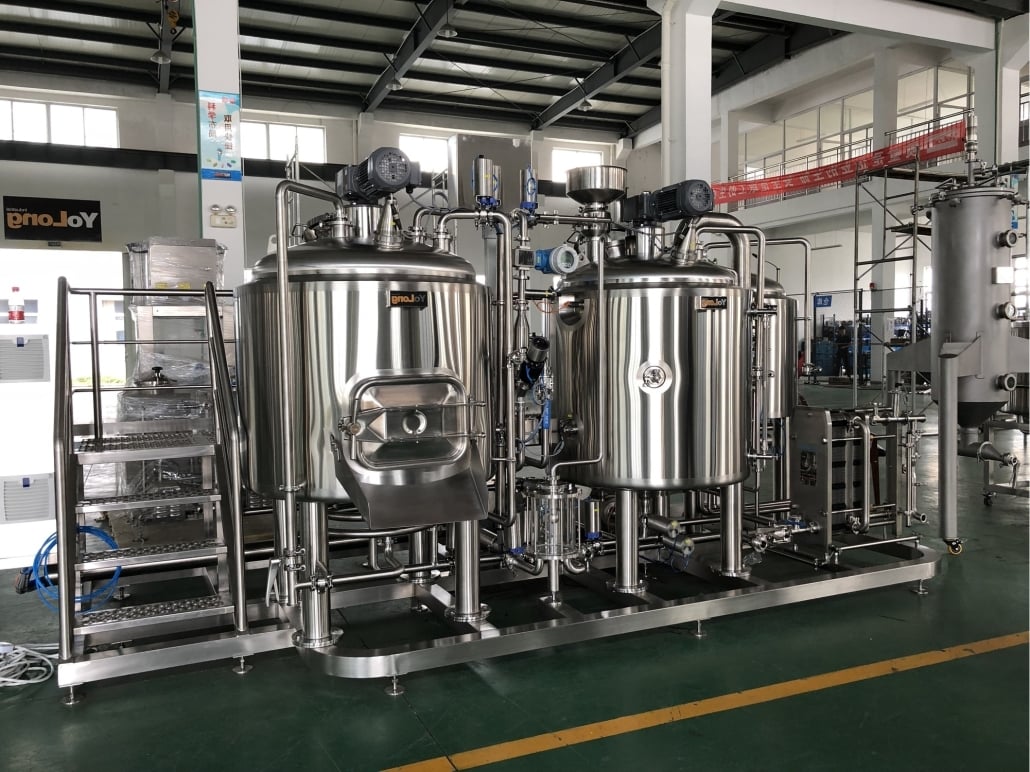
FAQ
| Question | Answer |
|---|---|
| What is the cost of microbrewery equipment? | A basic 3-barrel system starts around $50,000. A 15-barrel setup can exceed $300,000. Add costs for installation, permits, and accessories. |
| Is used brewing equipment reliable? | It can be, especially if refurbished or well-maintained. Always inspect or buy from a trusted reseller. |
| How long does brewing equipment last? | With proper care, stainless steel tanks can last 15-30 years. Components like pumps and chillers may need earlier replacement. |
| Can I customize my brewing system? | Yes. Many manufacturers offer modular or custom systems tailored to your space, style, and batch size. |
| What size brewery should I start with? | For local taprooms, 3-7 barrels works well. For broader distribution, consider starting with 10-15 barrels. |
| Are there financing options? | Yes. Many suppliers offer leasing, financing, or deferred payment plans. Business loans and grants may also help. |
| Do I need a glycol chiller? | Absolutely. It regulates fermentation temperature, critical for quality control. |

